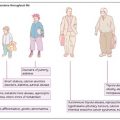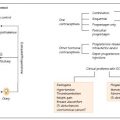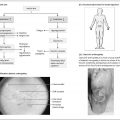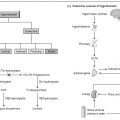
Activation of the renin–angiotensin–aldosterone system is an important mechanism in the pathophysiology of heart failure as part of the counter-regulatory neurohormonal response to impaired cardiac output. In conjunction with sympathetic drive, there is an increase in peripheral vasoconstriction mediated by increased sympathetic tone and angiotensin II coupled with the salt and water retention induced by elevated aldosterone concentrations. Together, these increase preload and afterload on the heart, further compromising impaired ventricular function and setting up a vicious circle of heart failure.
Angiotensin–converting enzyme inhibitor drugs (ACE inhibitors) block this increase in aldosterone production and are effective drugs in the clinical management of chronic heart failure. In randomized controlled trials, ACE inhibitors have been shown to improve symptoms and reduce the incidence of further cardiac events including hospital readmission for heart failure, myocardial infarction and death.
Renin is synthesized and stored in the juxtaglomerular cells of the kidney. These are located in the walls of the afferent arterioles which supply the glomeruli (Fig. 36a). These arterioles also contain baroreceptors, which fire off in response to changes in flow rate and pressure. The cells of the macula densa are sensitive to changes in urinary cations such as Ca2+, Na2+ and Cl–. The afferent arterioles, the juxtaglomerular cells and the macula densa are together termed the juxtaglomerular apparatus.
Release. Renin is an enzyme with a molecular weight of about 40kDa which is released in response to a rise in blood osmolarity or to hypovolaemia, although there are different theories as to what the physiological stimuli to release are. The theories are that:
1 the macula densa cells monitor changes in cations and pass this information to the adjacent juxtaglomerular cells;
2 the baroreceptors in the afferent arterioles fire off in response to changes in the mean renal perfusion pressure (the baroreceptors may be part of the juxtaglomerular cells themselves);
3 there is autonomic innervation of juxtaglomerular cells (sympathetic stimulation releases renin).
Stay updated, free articles. Join our Telegram channel

Full access? Get Clinical Tree








